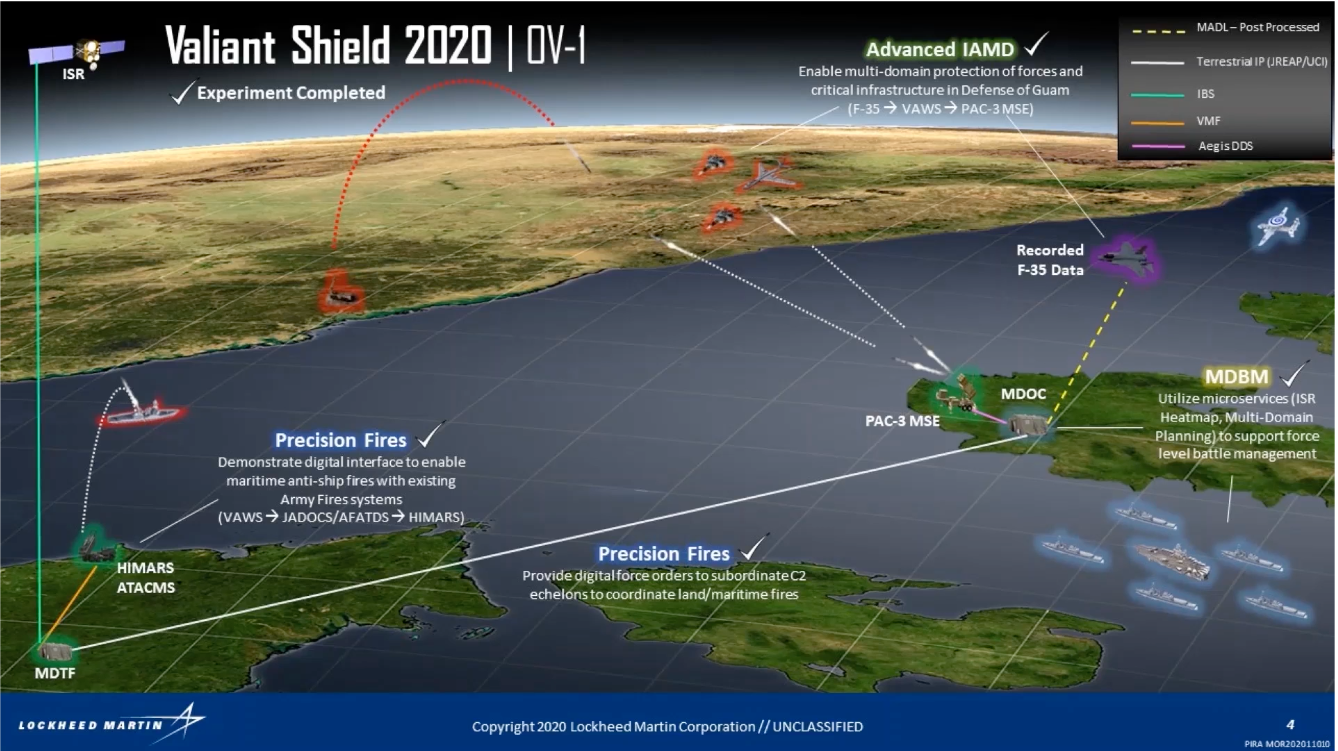
INDO-PACOM Used Ground-based Aegis Combat System Prototype to Target Missile Threats, Surface Targets
Last year, U.S. Indo-Pacific Command quietly packed the combat system from a guided-missile destroyer into about the size of a…
Copyright 2024 U.S. Naval Institute. All Rights Reserved.